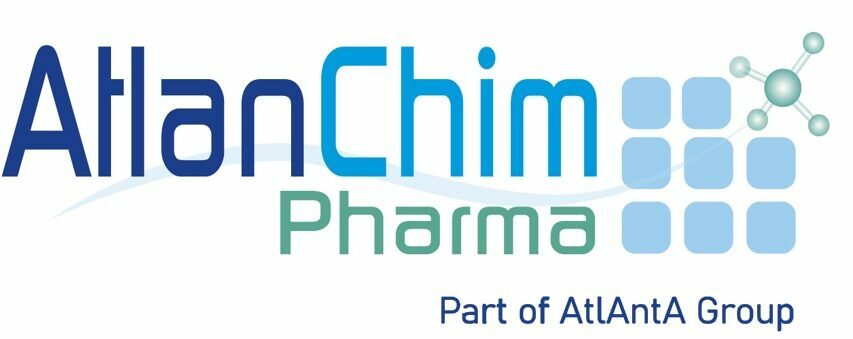Home | 1,8-DiazaBicyclo[5.4.0]Undec-7-ene (DBU): unexpected side reactions
1,8-DiazaBicyclo[5.4.0]Undec-7-ene (DBU): unexpected side reactions
![1,8-DiazaBicyclo[5.4.0]Undec-7-ene (DBU): unexpected side reactions](https://www.atlanchimpharma.com/wp-content/uploads/2024/04/18-DiazaBicyclo5.4.0Undec-7-ene-DBU-unexpected-side-reactions-1024x408.png)
In 2019, A. M. Hyde and Coll. from the Department of Process Research & Development at Merck (Rahway, New Jersey) published a very interesting and complete study on underappreciated side-reactions of 1,8-DiazaBicyclo[5.4.0]Undec-7-ene (DBU) and related unsaturated nitrogenous bases. [1] DBU belongs to the class of amidine compounds and is known as a base (pKa 24.3 (ACN), pKa 16.8 (THF), pKa 13.9 (DMSO) and pKa 11.5 (water)) which has found a plethora of utilizations for base-mediated reactions. Nevertheless, in contrast to what was generally admitted, the nucleophilic behavior of DBU was pointed out by G. Bertrand and Coll. as early as 1993. [2] A. M. Hyde and Coll. studied through various experiments the propensity of DBU to hydrolysis under mild different conditions (see Scheme below). Furthermore, neat DBU is stable for long periods under dry conditions, but even modest amounts of water (present in an old bottle and/or exposure to atmospheric water) will result in appreciable hydrolysis over time.
On the other hand, the side reaction of DBU with electrophiles to provide N-functionalized amino-lactam A adducts is also discussed.
[1] A. M. Hyde, R. Calabria, R. Arvary, X. Wang, A. Klapars, Org. Process Res. Dev. 2019, 23, 1860-1871.
[2] R. Reed, R. Réau, F. Dahan, G. Bertrand, Angew. Chem., Int. Ed. Engl. 1993, 32, 399-401.
